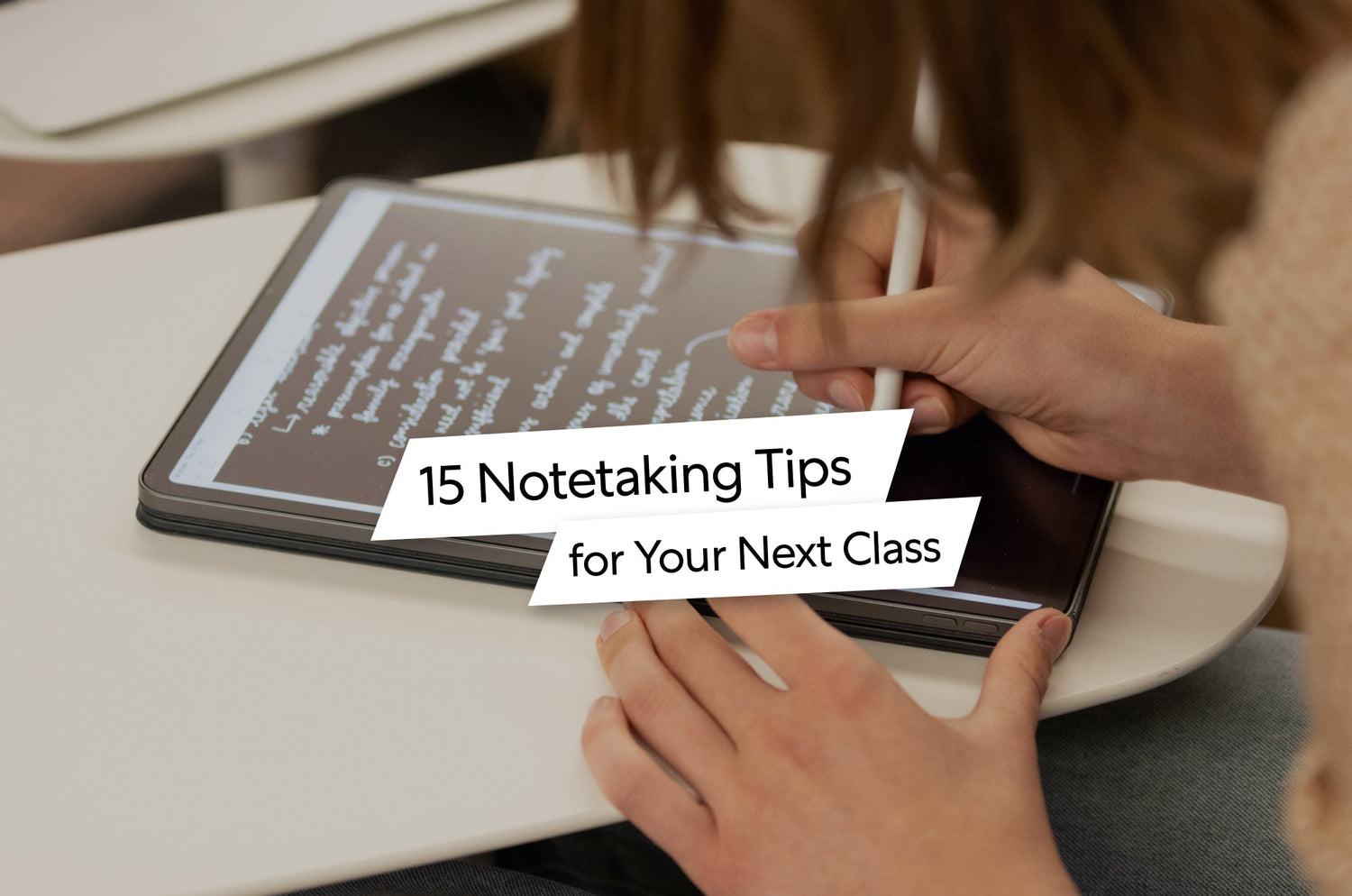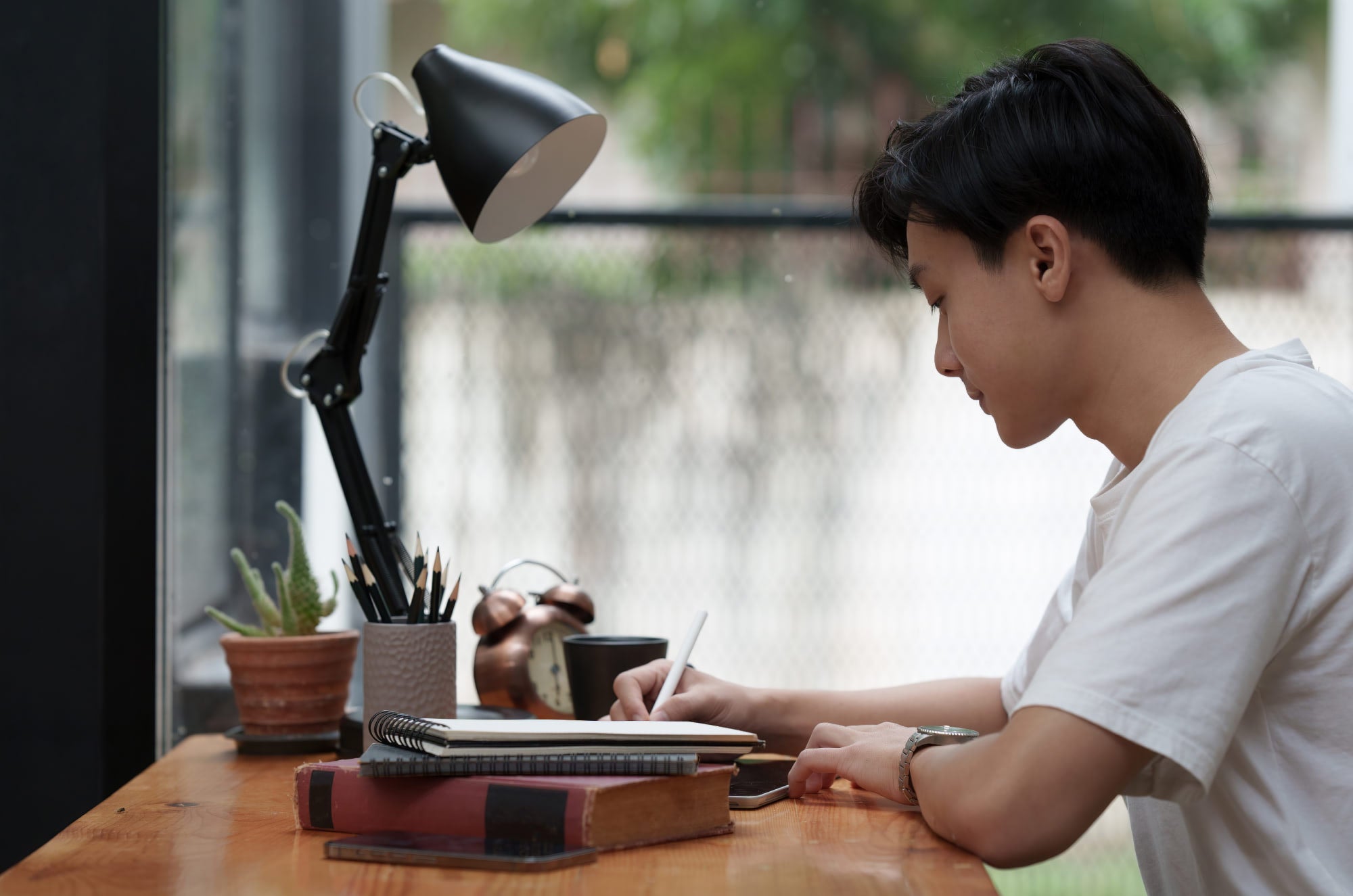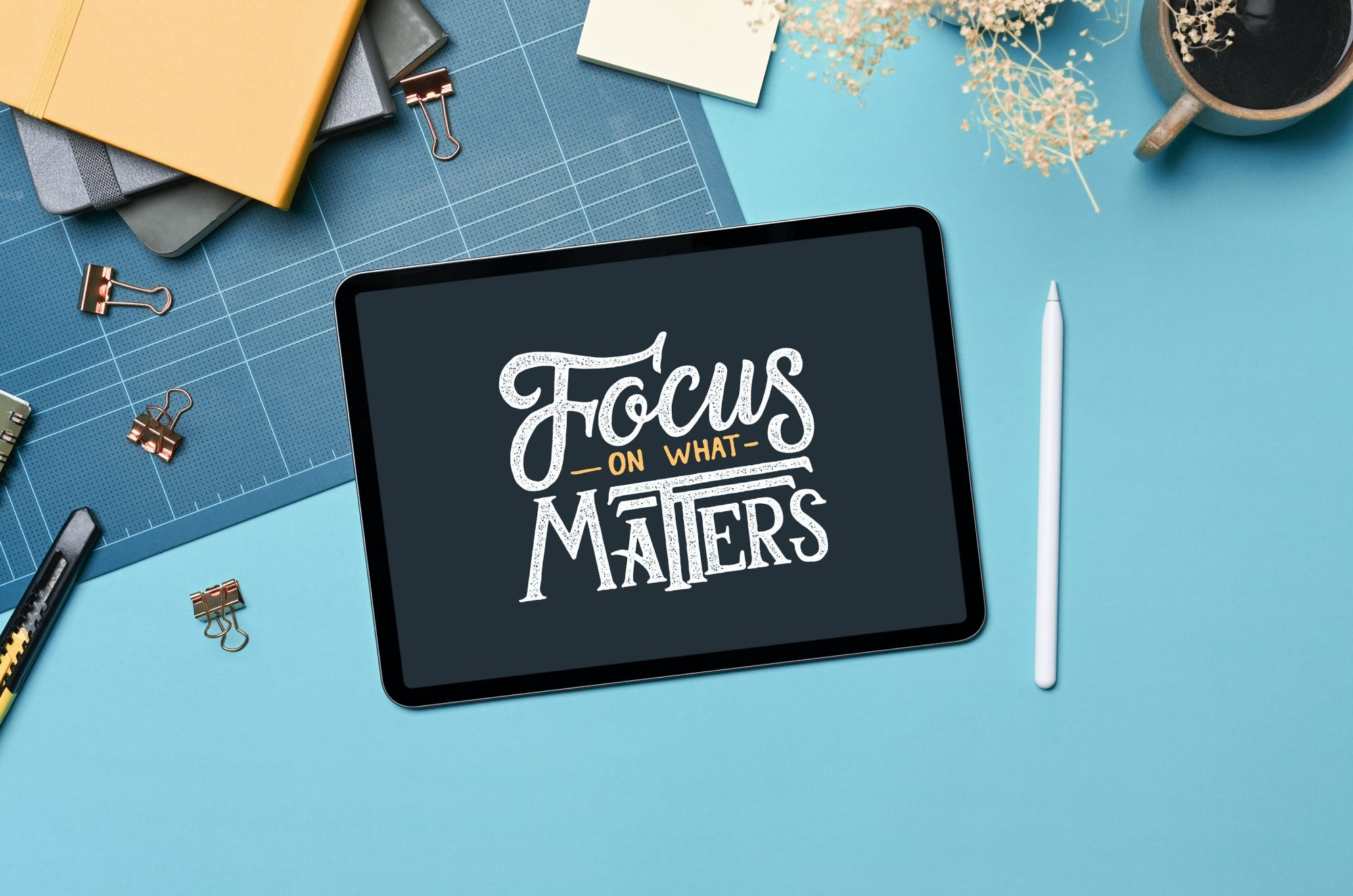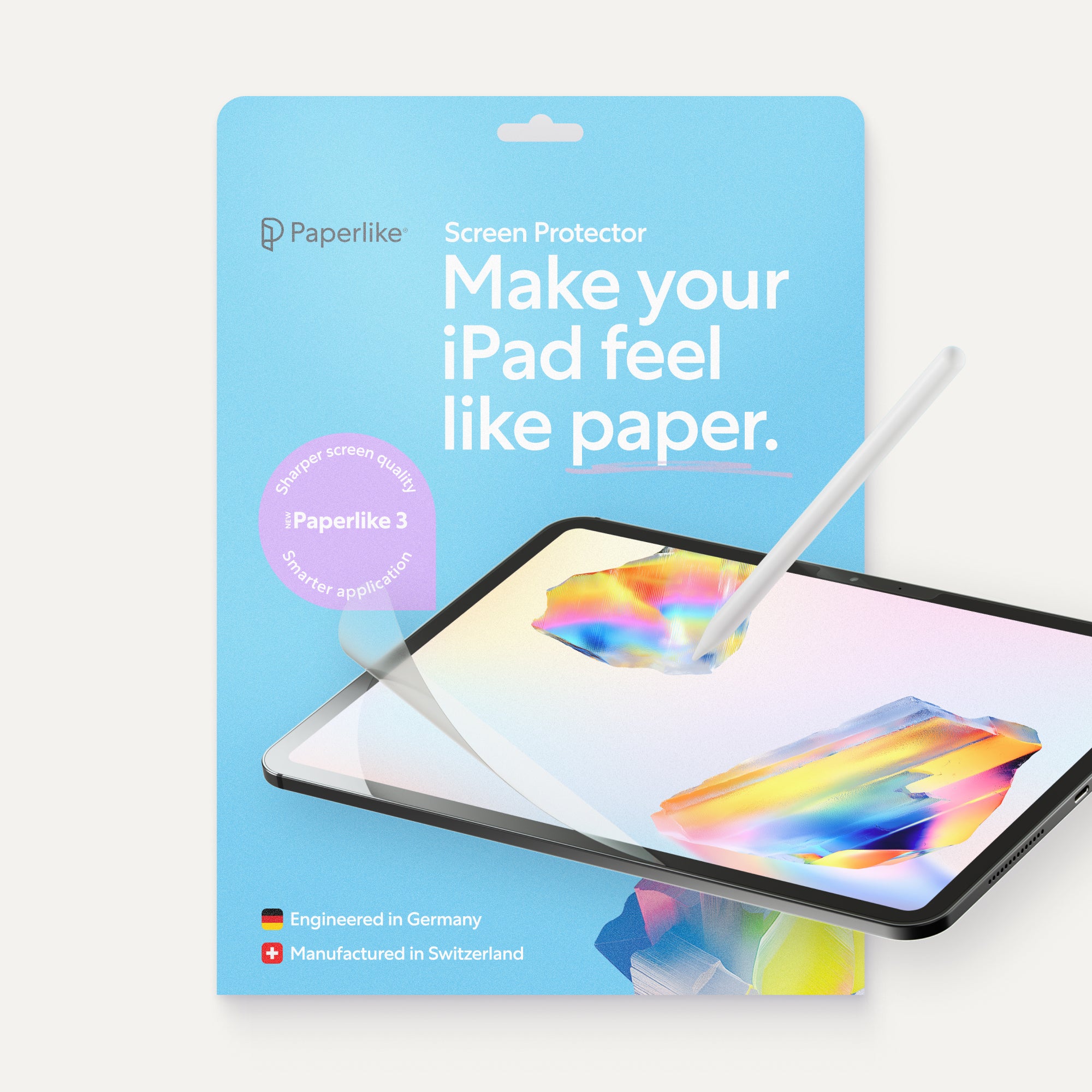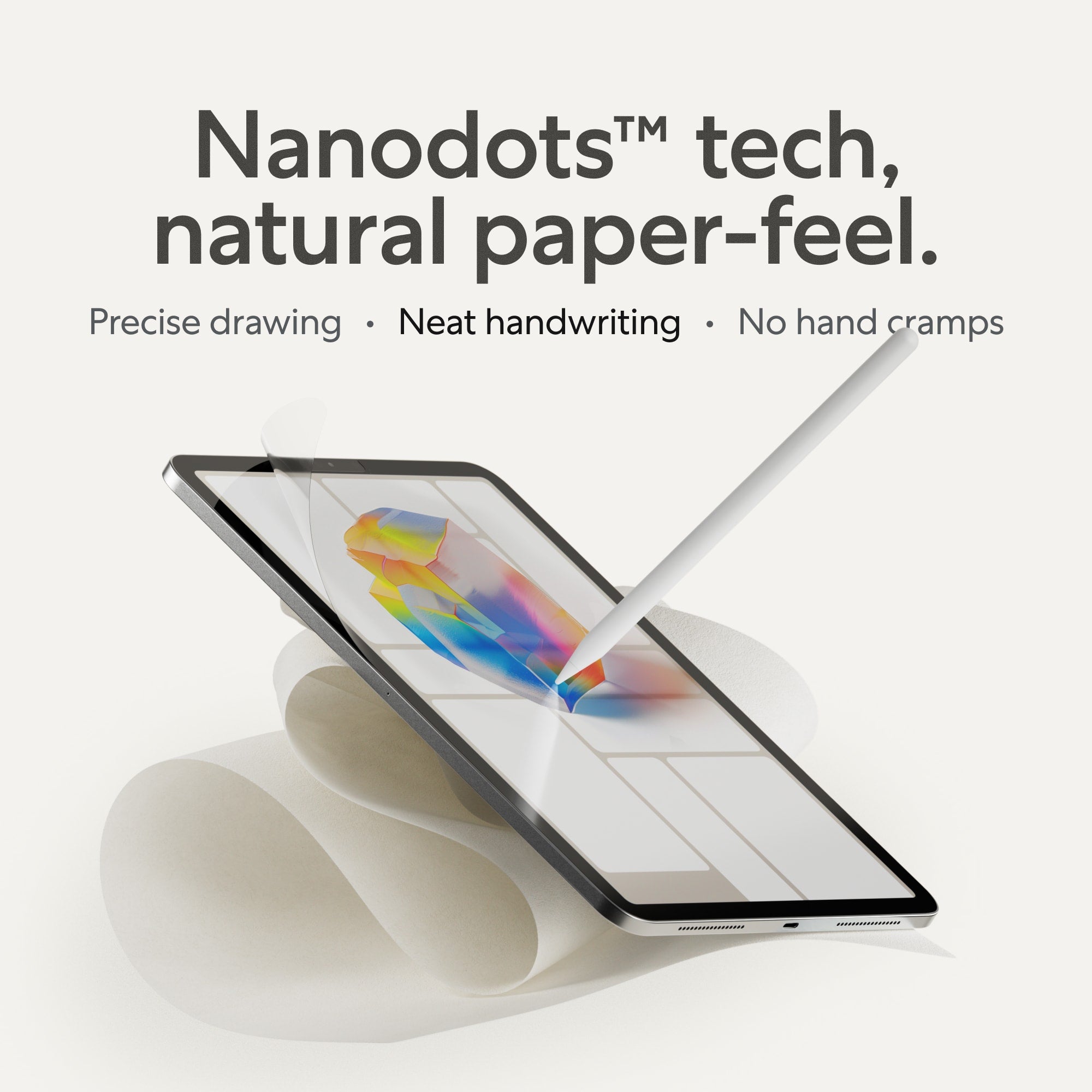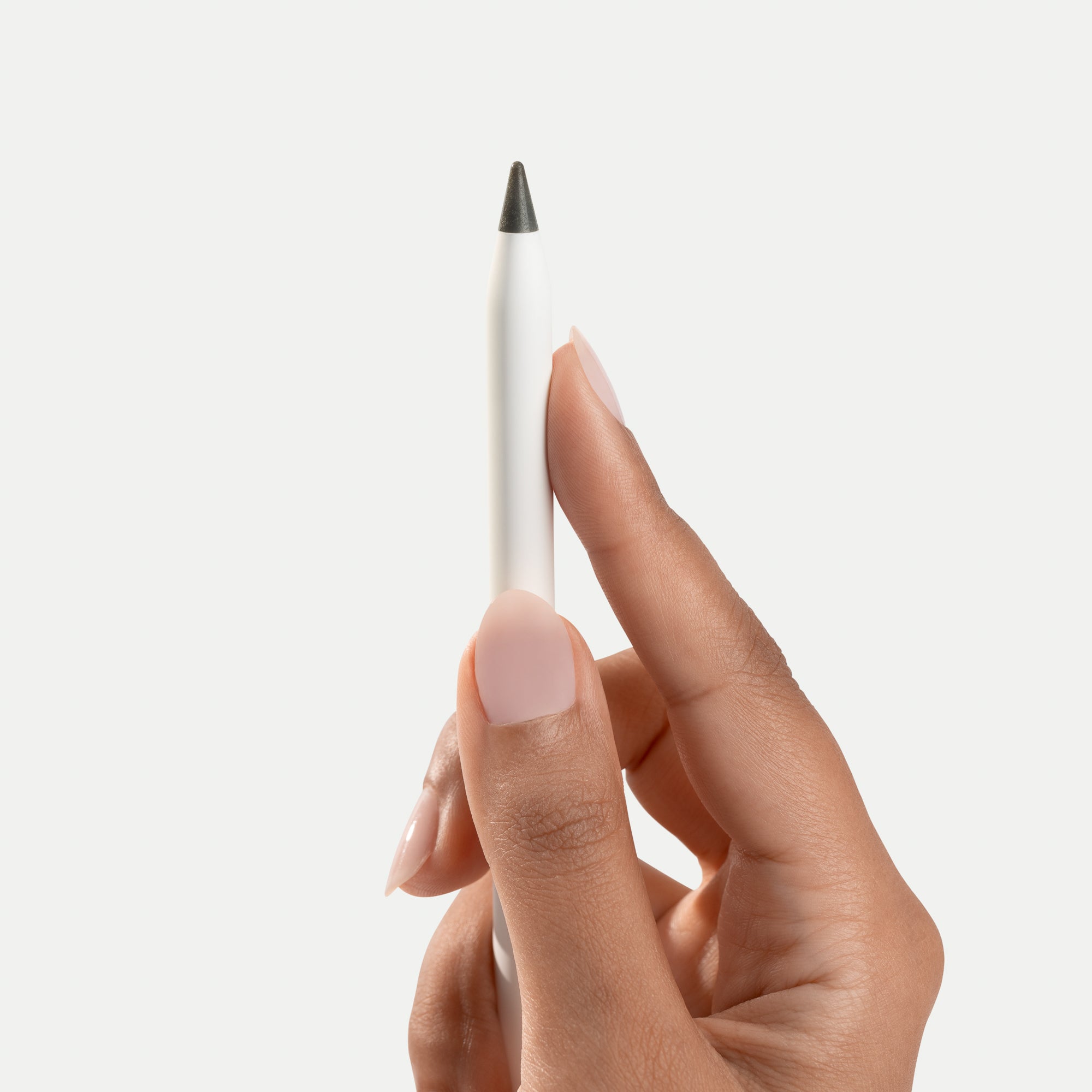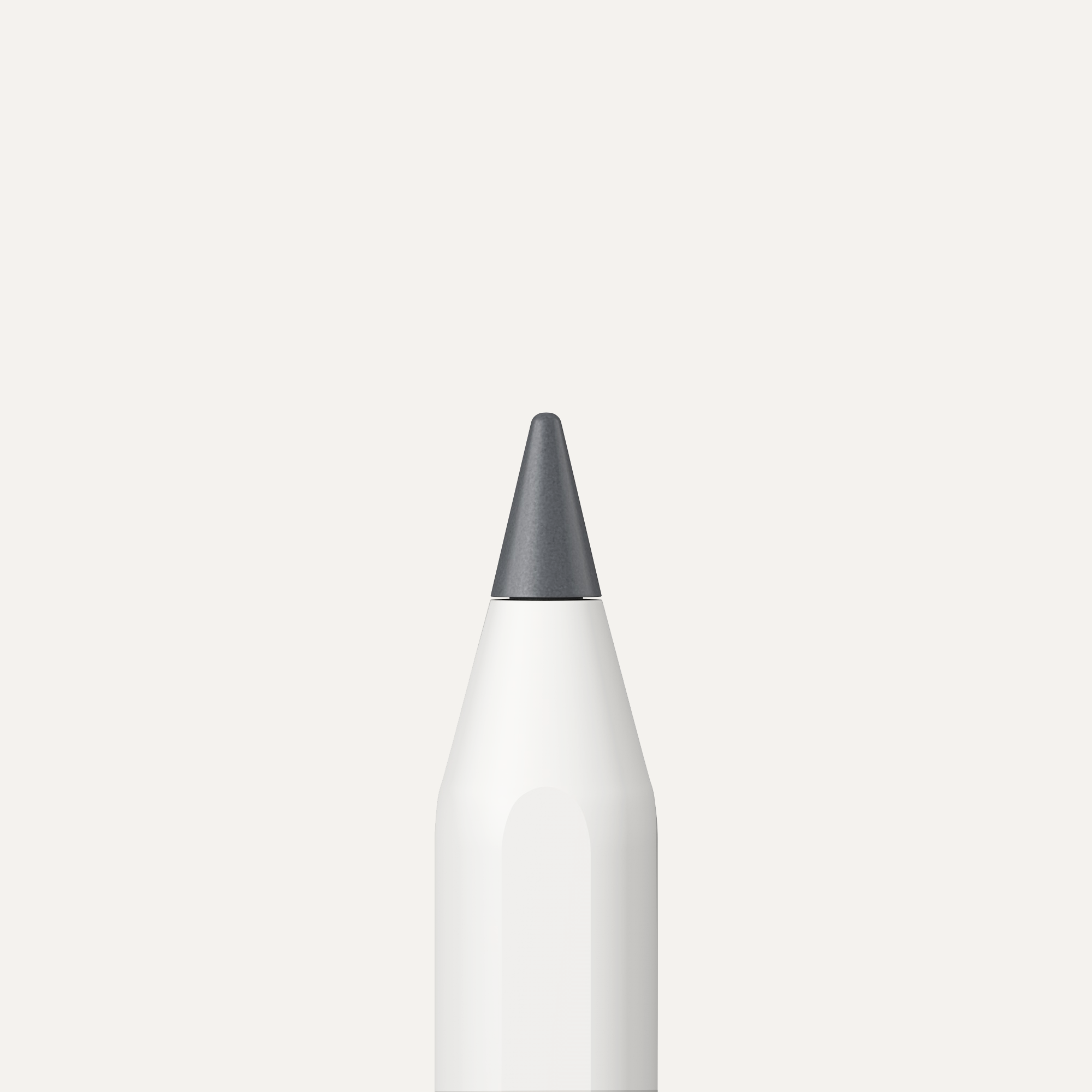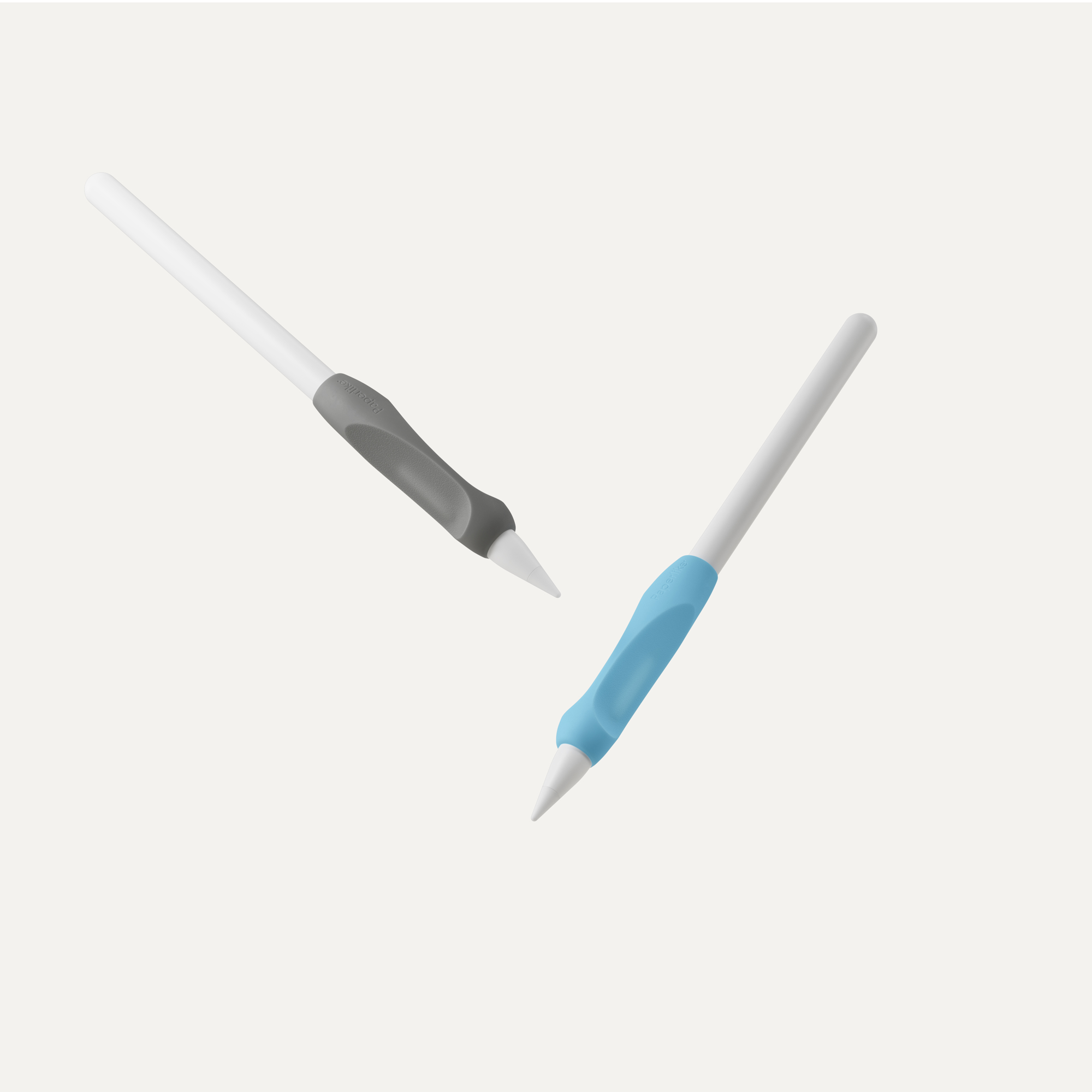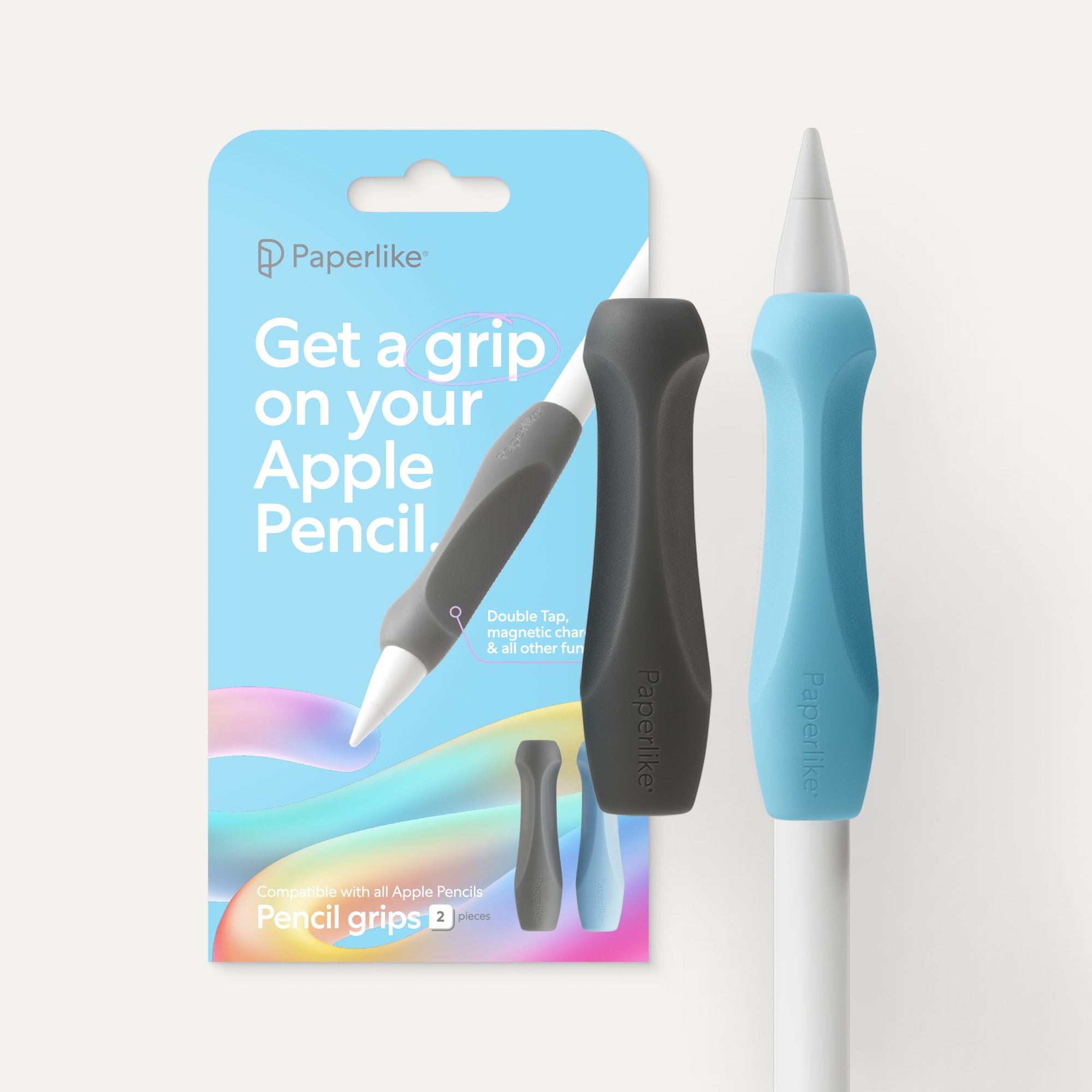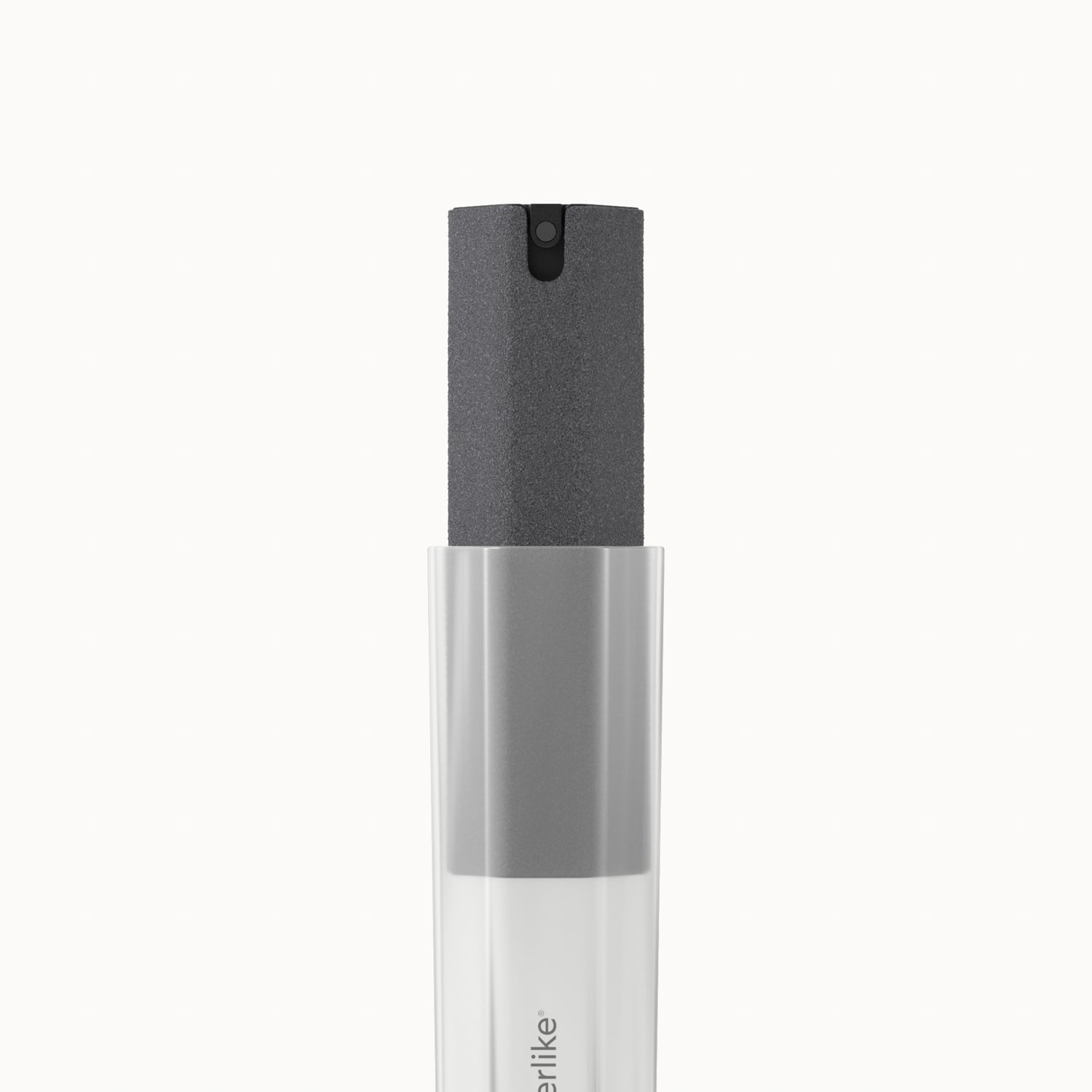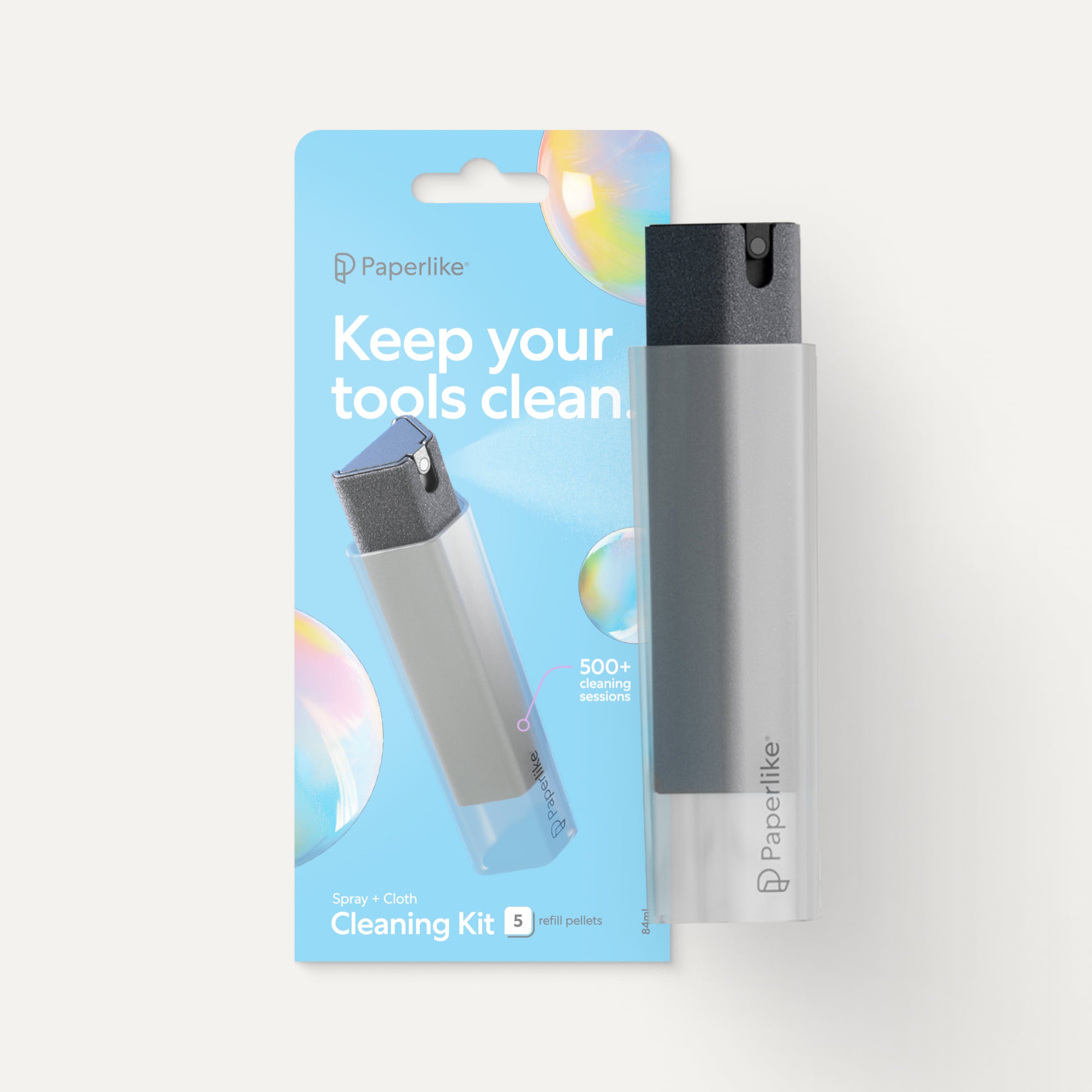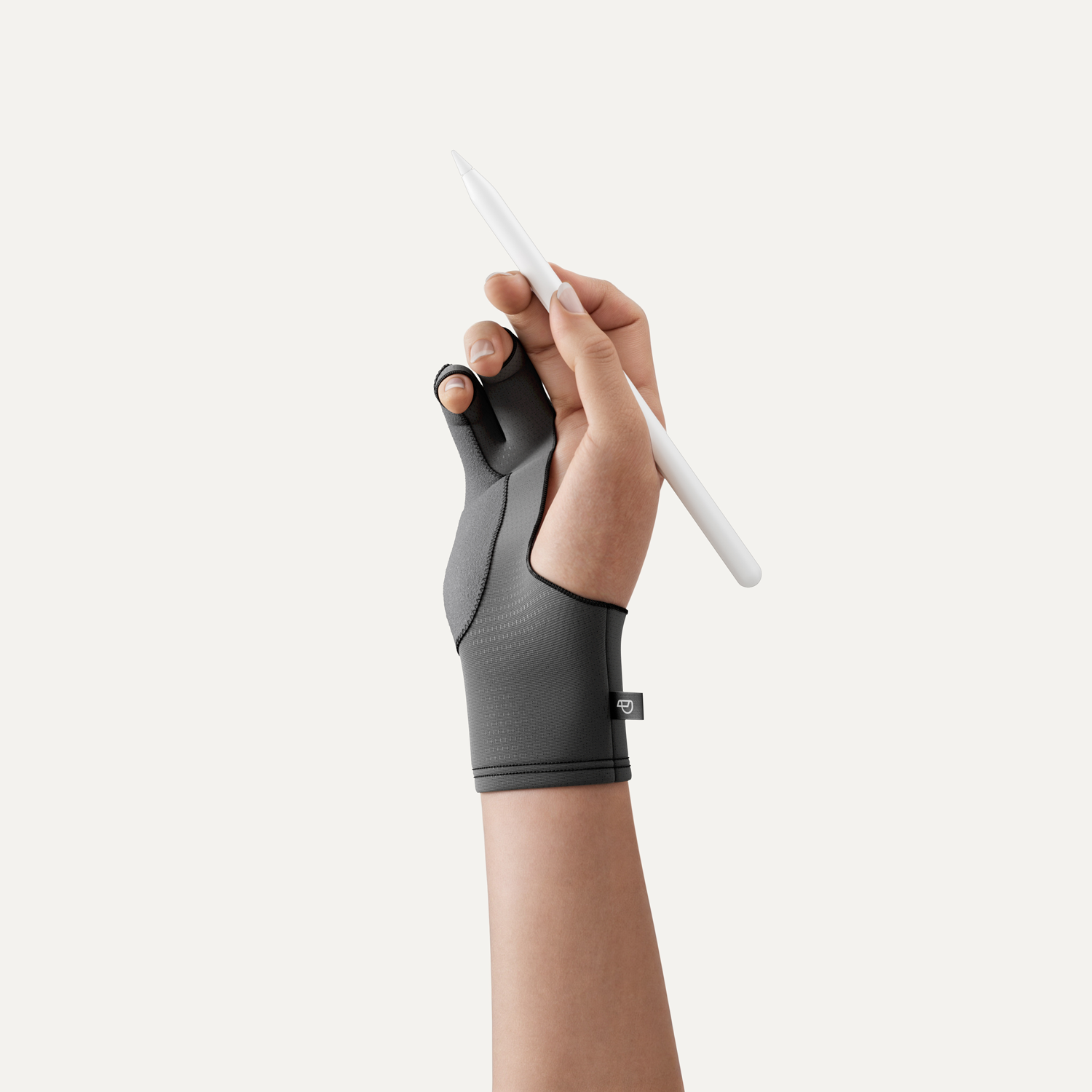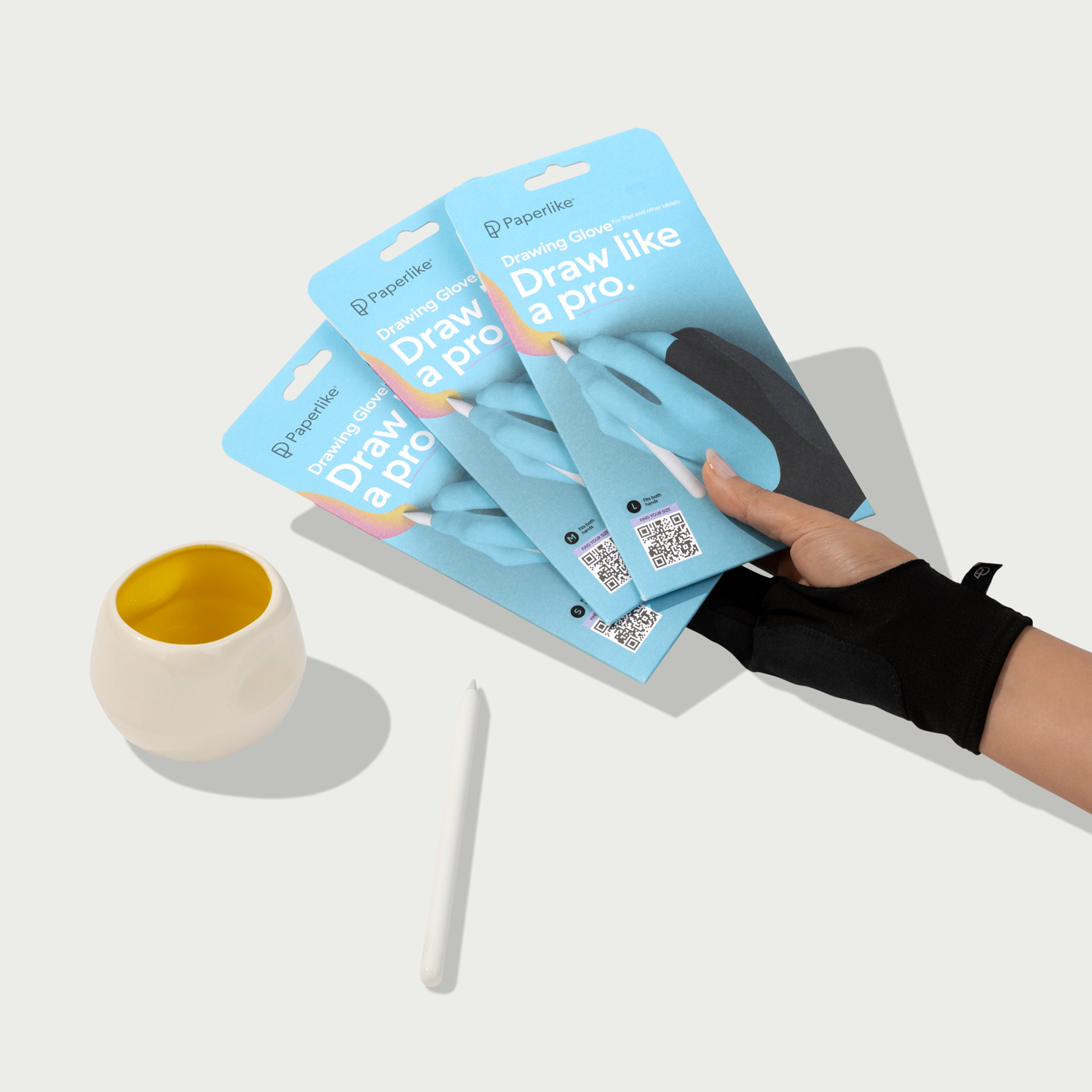If you’re in college or high school, taking notes is essential to your success. In many cases, the ability to jot down key concepts and important points continues far into the professional world.
That’s one major reason that developing an effective notetaking method is important. There are great strategies out there, like the Cornell Method, and great apps with notetaking templates to help you if you’re using technology in class.
But you don’t have to start from scratch in order to learn how to take better notes. Below you’ll find 15 notetaking tips that you can use in your next class or lecture.
Let’s get started.
#toc#

#caption#Image: DragonImages
#alt#A woman seated on a couch writes notes in a notebook while holding a book in her left hand.
1. Focus on the main points
Learning to summarize the main talking points is still one of the top notetaking strategies out there and is far more effective than copying lectures word for word. This is one of the reasons that handwritten notes are more effective for learning than laptop-based notetaking.
As one study points out, although computers allow for a greater velocity when taking notes, handwriting enhances student grades when performing memory tasks. There is no doubt that laptops are popular notetaking devices for college students, but they may be best left out of the lecture hall.
Picking out the main points will require some critical thinking on your part.
Here are a few tips on how to figure out what to write down:
- Listen carefully to the lecture for cues. There are often cues that’ll indicate key terms and important facts.
- Pay attention to opening and closing remarks. Introductions and summaries can help you figure out what will be the most relevant points.
- Listen for repetition. If you hear the same word or phrase multiple times, it might be important.
- Look for phrases that indicate key points. These could be the start of a list, examples, summaries, or something like, “A major reason...”
By focusing on key facts during the class lecture, you also avoid taking notes that you can get elsewhere — through a textbook, a study guide, or a handout, for example.
Know what you don’t know, take notes on those main topics, and leave transcription techniques behind.
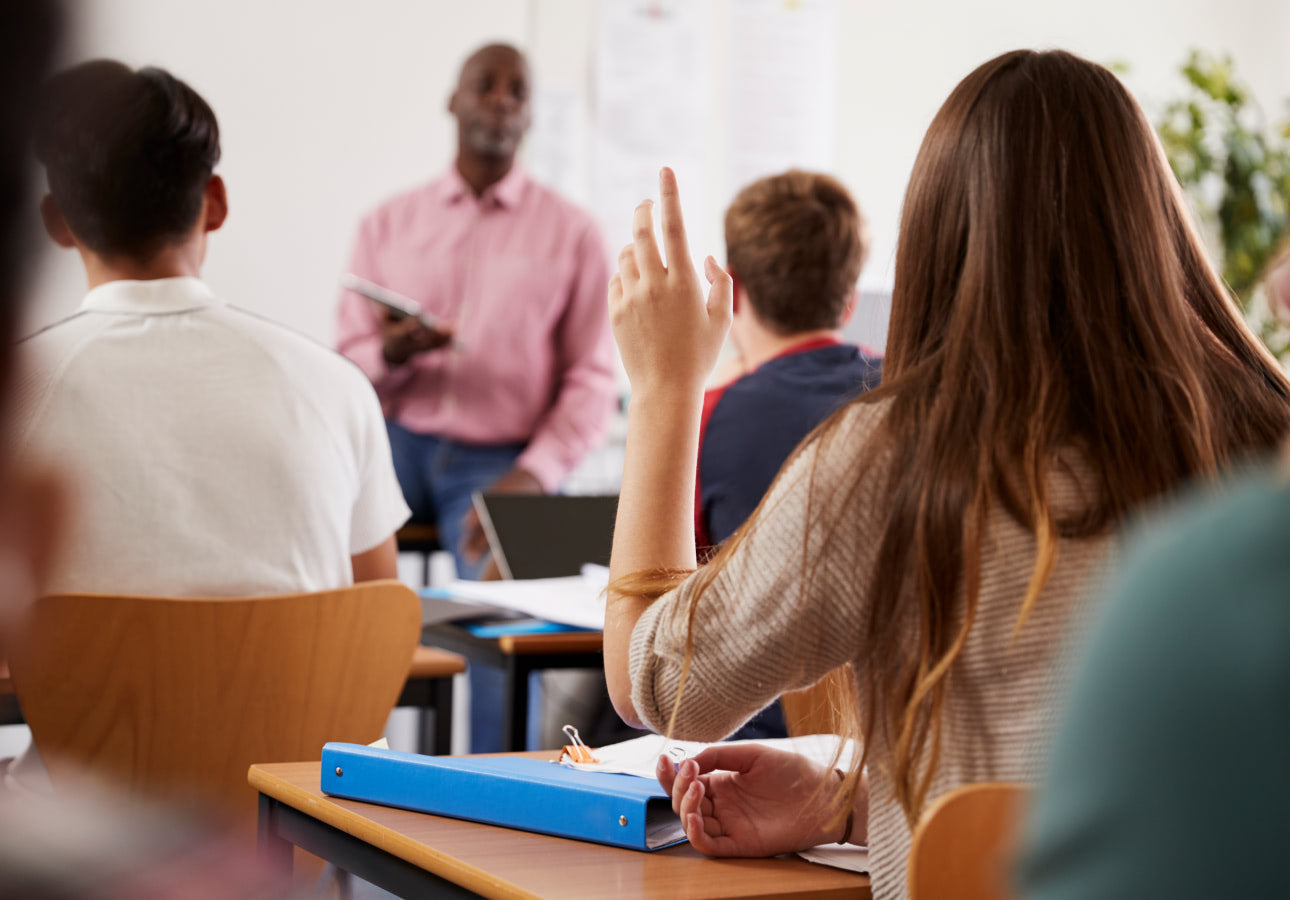
#caption#Image: monkeybusiness
#alt#A student seated at a desk raises her hand to ask a question.
2. Use active listening
Active listening is an important skill to have and will help you far beyond the classroom.
When you’re listening passively, it’s easy for the words to go in one ear and out the other or, worse, to completely lose focus and start daydreaming. When you practice active listening, you’ll see better comprehension and retention of your lecture material.
So, how do you do it?
There are many active listening techniques that you can try out:
- Clear your mind of internal dialogue, get rid of distractions, and focus on the words you’re hearing.
- Keep your eyes on the instructor or on the presentation material, and don’t let them wander (or you might find your mind wandering with them).
- Write down questions or ask them at the appropriate time.
- Reflect on what you’ve heard and try to summarize it in your notes.
Not only will this help you stay focused on the lecture, but you’ll also find that it makes it easier to pick out the key points of information to write in your notes.
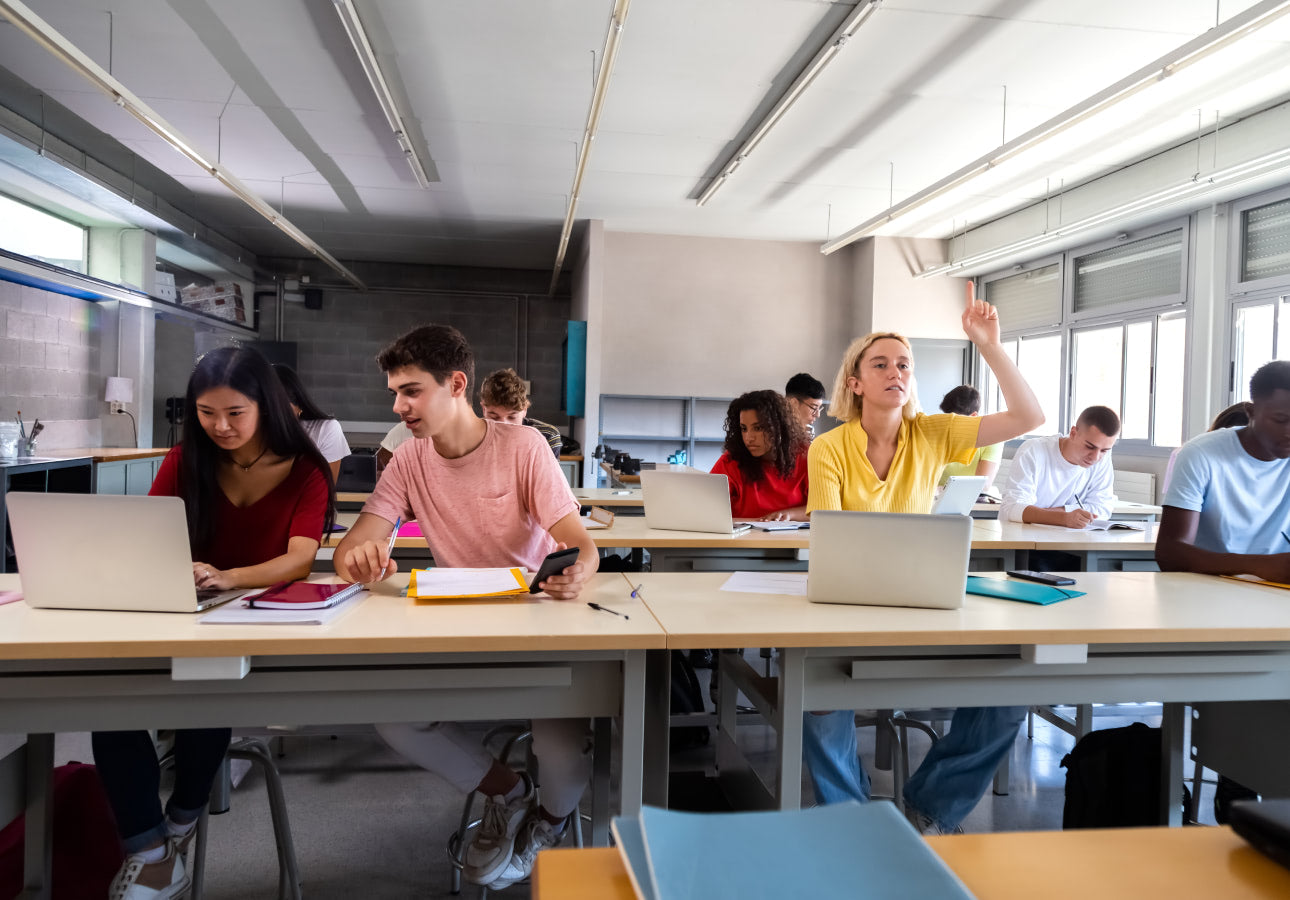
#caption#Image: Hoverstock
#alt#A student sitting in a science classroom raises her hand to ask a question. Two students nearby are looking at a laptop screen.
3. Minimize distractions
In order to practice active listening, you need to minimize distractions.
This is vital to the learning process. Studies have shown that distractions can lead to both a lower quality and quantity of notes, making it even harder to recall the lecture material.
Unfortunately, this is easier said than done. While there are often situations that you can’t control (loud classmates who won’t stop talking), you can use some situational self-control strategies to set yourself up for success.
Here are a few ways to minimize distractions:
- Develop a positive mindset. Think of your class as something that you really enjoy, like a concert or show.
- Sit at the front. When you’re in the front row, it’s easier to pay attention, and it’s harder to hide misconduct from the instructor.
- Isolate yourself. Avoid sitting next to friends or classmates that tend to chatter during the lecture.
- Put away your phone. Prevent yourself from checking messages, notifications, and social media.
It may not seem like much, but even looking at your phone once can derail your thoughts and pull your attention away from the lecture material. Features like Focus or Do Not Disturb are available on many phones and tablets and can be a real lifesaver if you have trouble controlling yourself.
When you bring the proper mindset and are prepared to keep distractions away, you’ll see a huge improvement in your note quality.

#caption#Image: Notability/Template by christien
#alt#An image of an iPad with a Cornell Notes template on the screen. The sections of the Cornell Notes layout are clearly marked.
4. Use effective notetaking systems
You can find a wide variety of effective notetaking methods out there. Each one offers a little something different, and what works for one person may not work for another.
Statistics show that using a structured notetaking system improves academic performance, so we recommend that you take a look and try each to find the one that complements your style and needs. Of course, once you find it, that doesn’t mean that you’re stuck with it.
You might also want to consider a combination of methods. A math or science class may require a visual technique, while history or English are probably better suited for a more traditional notetaking system.
Some of the more popular notetaking techniques include:
- The Cornell Method. The Cornell Method is one of the most widely known notetaking strategies and utilizes a split-page notetaking system with three sections. The largest column holds your notes, and there’s a narrow column for key points and questions. At the bottom of the page, there’s a space for a summary.
- Outline method. Outlining is the most structured system and uses a hierarchical format to help students get the main topics, subtopics, and supporting details arranged in a neat and orderly way.
- Mind mapping method. Mind maps or flowcharts help students create connections between ideas and concepts by using boxes or circles around main points and lines or arrows linking subtopics and ideas.
- Sketchnoting. Sketchnoting is great for visual learners because it combines handwritten notes with drawings and symbols to quickly jot down the information in a visual way.
Whatever your notetaking style, remember that the recipe for good notes comes down to what you can use to study, review, and ace your next test or exam. The best notetaking method in your arsenal may not be as effective for your peers or classmates.
Use a system that creates effective lecture notes that you can study, no matter whether you need to use abbreviations, bullet points, or illustrations to get there.

#caption#Image: Notability / Screenshot by Lindsay Armstrong / Paperlike
#alt#An image of various digital notebooks arranged inside a notetaking app.
5. Classify and order your notes
Some notes are more important than others. Having a way to isolate which of your notes covers the various important subtopics you need to know in order to pass the exam can be critical during the review process.
Many students choose to keep their notes in chronological order, but there is no hard and fast rule that says your notes need to be organized in this way. Create a system that helps you gather knowledge in the most effective way possible.
While there are many ways to organize your notes, here are a few tips you can use to get everything sorted:
- Separate class content. Use different folders or notebooks for different subjects and classes.
- Use color coding systems. You can assign colors to help differentiate between main and supporting ideas.
- Highlight or underline key points. You can make certain facts stand out by highlighting or underlining, and even use different color pens or highlighters for further classification.
- Choose a notetaking method. By using any of the notetaking strategies we’ve covered, you can make your notes easier to scan and review.
Notetaking apps for your iPad or other digital tablets can help with that. Most apps, like Evernote or OneNote, allow you to highlight text and move it around. This is far more efficient than trying to leave blank spaces on paper and fill in the gaps as needed.
Using technology, you can organize your notes based on topic rather than in the chronological order in which the information was presented. Organizing in this way can help you review notes more effectively by consolidating all key points about a specific topic into one place.
It also makes it easier to create flashcards based on your notes to use in study sessions.

#caption#Image: benzoix
#alt#A student wearing headphones and sitting on the steps outside of a building uses an iPad. She holds an Apple Pencil in her right hand.
6. Choose your tools before class
Prepare your tools before heading to class. This is one notetaking tip that students often forget.
Don’t wait until you sit down in the lecture hall to sharpen your pencil or download the notetaking app you think you want to use.
Do all of that well in advance so that you’re familiar with the hardware and software that you need to succeed. Preparing in advance gives you the opportunity to test your equipment, develop a notetaking method that works for you, and figure out your learning style.
Especially if you’re switching over from pen-and-paper notetaking to digital devices like laptops or tablets, take a little extra time to figure out how to take good notes.
Before heading to class, consider these questions:
- Is your equipment (laptop/tablet/stylus) charged and ready? You can also bring an extra battery or charger with you, just in case.
- Do you need a specific stylus for your tablet? The Apple Pencil is only compatible with certain iPad models, while several brands may work for both the iPad and other tablets.
- If working digitally, is your software downloaded and up to date? Make sure you have your notetaking app of choice ready to go.
- Have you downloaded any teacher-provided resources that will be used in the lecture? Many professors have handouts or offer access to PowerPoint slides or digital notes that you can use during class.
- Have you prepared your reading/study notes for use in class? It’s helpful to have any previous notes or notes on the assigned reading to look over and compare to the lecture material.
Make those essential purchases and gather your materials beforehand so that your class notes don’t suffer the consequences. If you need an extra pack of pencils, pick them up. If your stylus is sliding all over the glass screen of your tablet, order a screen protector that can help you solve that problem.

#caption#Image: itscroma
#alt#An image of an iPad screen with various notes about social media written on the screen. The iPad is attached to a keyboard. An Apple Pencil and Apple AirPods are resting on the keyboard.
7. Use visuals when possible
Visuals and doodles are one of the fastest ways to transcribe a lecture in your own words. In many ways, they’re even faster than using your own words to do it! It also only takes the brain 0.15 seconds to recognize an image, which makes visual notes quicker to study.
What’s more: Visuals are one of the most effective notetaking strategies out there. On average, doodlers recall 29% more information on memory tests compared to non-doodlers engaging in the same activity. Psychologists theorize that doodling is beneficial because it forces the brain to actively tune in to content (like a boring lecture) rather than tune it out.
The other big reason for doodling is simple: Some concepts and ideas just work better in visual formats. Imagine trying to learn about all the parts of the double helix (the structure of a DNA molecule) without a visual representation to help you see how the proteins interact with one another.
Here are a few visuals you can add to your notes:
- Mind maps. Mind maps use bubbles or boxes and lines or arrows to visually connect ideas and topics. It combines both handwritten text and visuals to help you understand the relationships between key points and details.
- Charts and graphs. Charts and graphs are great for processing data. Line graphs, bar graphs, pie charts, and more can all help turn complex data into a simple visual that’s easy to understand.
- Diagrams. There are different types of diagrams, and the one you choose will depend on the point you’re trying to get across. In general, a diagram showcases the appearance of something, like the DNA molecule in the example above. Some diagrams, like Venn diagrams, are similar to mind maps or flowcharts in that they focus on relationships between ideas.
- Freehand drawings. Freehand drawing is basically creating your own doodles or drawings that have meaning to you. This is usually called sketchnoting, and it’s become a popular way to take notes. You can learn more about how to sketchnote effectively here.
Visualizing, doodling, and sketching are great ways to pack information into relatively small sections of your notes. Don’t be afraid to use these illustrations to better understand important study concepts.

#caption#Image: itchaznong
#alt#A man seated at a table holds an Apple Pencil in one hand and an iPad in the other. A closed laptop with an open book resting atop are positioned nearby.
8. Don’t transcribe the lecture
One of the problems that students have when trying to take effective notes is that the teacher or professor can speak far more quickly than any student can write.
Research indicates that the average writing speed for a student is somewhere between .03 and .04 words per second, while a lecturer speaks at around two to three words per second. We’ll leave you to do the exact math, but students who try to write word-for-word class notes during a lecture are going to fall hopelessly behind.
While handwriting is slow, this isn’t necessarily a bad thing. Copying down the whole lecture not only produces too many notes to study effectively; it also leads to lower retention rates.
Because you can’t write as fast as your instructor speaks, you’re forced to summarize the key points of the lecture in a strategic way rather than transcribing the entire lecture.
To summarize your lecture effectively, you’ll need to:
- Listen actively to understand the content. See Tip #2 for how to practice active listening.
- Fully digest the information. Take a second to comprehend the material and come up with a way to write it in your own words.
- Use a notetaking method. Most notetaking systems will help you organize and structure the key points and facts in a neat and orderly way that’s easy to review later.
- Create a summary. When you’re finished with class or a certain section of the lecture, write down a brief summary of the most important elements.
The mental requirements for notetakers using this method are much higher than simply transcribing the lecture, but it gets better results.

#caption#Image: AnnaStills
#alt#A student in a small classroom raises her hand to ask a question.
9. Jot down any possible questions
Questions are an important part of the notetaking and learning process. In fact, popular notetaking methods, such as the Cornell Method, include areas specifically to write down any questions you may have.
There are a few different types of questions that you’ll want to consider adding to your notes:
- Questions you have from the reading assignment. In many classes, reviewing the material prior to the class is part of the at-home work. If you have the opportunity to do it, review future material before it is covered in class, and jot down any questions you have prior to the lecture taking place.
- Questions that arise during the lecture. Any time you don’t understand something, write down a question. Even though you might not have an opportunity to ask your professor directly, you can search for the answers to those missing concepts later.
- Questions you think might end up being on the exam. If you’re paying close attention and notice your instructor emphasizing certain concepts, you can predict what questions might show up on the next test. Having these written down will help you study and better prepare for your exam.
Having some questions prepared before class can also help you take notes even faster because you’re already familiar with the accessible material and what notes you can get through textbooks and handouts.
Instead, you’ll be able to focus on the main topic (see Tip #1 on our list) and take better notes pertaining to key concepts that you don’t fully understand rather than trying to learn that information on the fly.
If you find yourself with a bunch of unanswered questions at the end of your lecture, you can also try to schedule a visit to your instructor during office hours before your next exam.

#caption#Image: Notability / Screenshot by Lindsay Armstrong / Paperlike
#alt#An image of the instructions for audio recording in the Notability app, which reads, “Audio recordings help you get more out of your meetings and lectures by capturing every important detail.”
10. Record the lecture
One of the most useful options you have when attending a spoken lecture is to record it. There are several apps that allow you to do this, including Noteshelf and Notability, two notetaking apps that help you take better notes in class.
Recording audio is a fairly similar process between each app. We’ll guide you through Notability’s setup, but it shouldn’t be much different in any of the other apps if you prefer using something else.
To record and playback audio:
- Open the note where you want your recording to live.
- Hit the microphone icon at the top of the screen.
- Tap the stop button when you want to end the recording.
- Open your recording with the arrow next to the microphone icon.
- Use the audio toolbar to navigate your playback and adjust your settings.
Notability is one of the few apps that links your handwriting to the audio, so you can follow along. This can be really helpful because you’ll get to hear exactly what inspired you to write certain notes.
Even if you end up using a voice recorder and importing the file to your laptop, a word-for-word recording of the lecture can be a valuable tool when you review your notes.
However, keep in mind that a recording isn’t a substitute for writing things down. Notetaking works because it forces you to rephrase, rewrite, and summarize information into something you understand. It’s that deconstructive process that helps students absorb the necessary information.
Recording a lecture is a great idea because it gives you a version of the source material. Refer back to the audio when you need to clarify something in your class notes, but don’t use the lecture as a substitute for writing things down.

#caption#Image: leungchopan
#alt#A woman uses a pen to jot notes onto a piece of paper in her lap.
11. Determine your starting point
While everyone has a similar goal in class (pass the exam!), the notes that you take and the skills that you need to learn may be different from everyone else.
Every high school and college student starts at a different place when trying to learn new concepts. It’s likely that you have strengths and weaknesses that are different from the rest of your classmates.
With that in mind, take a minute to think about the use case for your notes. While good notetaking improves your recall of factual information and helps you pass a class, you'll take even better notes if you can figure out your strengths and weaknesses early in the semester.
To that end, there are a few different ways that you can figure this out:
- Ask your professor for help. Many offer assessment tests or placement exams.
- Look at the syllabus. Preview the material to see what you understand or where you have knowledge gaps.
- Check your textbook for practice quizzes. See if you can already answer some of the questions or which topics you’ll need to try to focus on learning during class.
Once you determine your starting point, work to create effective notes that can help you reach your end goal with top marks!

#caption#Image: vadymvdrobot
#alt#A group of students converse with an instructor in a small classroom.
12. Know your instructor
Many students fail to use the biggest resource for learning course material: the instructor.
Your professor already knows everything that your class is going to cover, and they know exactly what will be on the test.
Here are a few ways you can use that to your advantage:
- Pay attention to how your instructor emphasizes important points. This could mean listening for a change in tone or volume of their voice or figuring out what specific phrases they like to use to point out key details. (Examples in Tip #1.)
- Look for non-verbal cues. When your teacher points, gestures, or or otherwise highlights specific concepts, that will often indicate details that you’ll want to add to your notes.
- Listen attentively to what your professor says at the beginning and end of class. Many teachers use this time to introduce or summarize the key ideas from the lecture.
- Find out your instructor’s office hours and utilize them! It’s amazing how often teachers will give you clues about which sections to study or what ideas and areas to focus on for exams.
Getting to know your instructor, their style of teaching, and their mannerisms will not only help you study and prep for tests, but it will also build a better rapport.
Your instructors want you to succeed, and the course material usually isn't a secret. When your professor knows that you’re serious about learning, they might be more likely to give you extra aid in the future.

#caption#Image: Rawpixel
#alt#A student is seated at a desk with various paper printouts spread throughout her workspace. The pages are highlighted and decorated with sticky notes.
13. Highlight handouts and textbooks
Anyone who has never used highlighters to isolate keywords is missing out on one of the best notetaking strategies out there.
Class handouts are different from your own notes, namely because you didn’t actually write them. But that doesn’t mean they aren’t valuable. Just like a textbook, handouts contain important information that you need to understand.
However, you don’t need to copy that information word for word in order to get the most out of it.
Take a look at some of the ways you can use these materials:
- Use highlighters to mark up your textbooks, handouts, and other class materials.
- Use multiple colors to rank, prioritize, and/or categorize information based on levels of importance.
- Exclude some information if you already know it or if it clearly isn't relevant to the main concepts and points under discussion.
Keep in mind that you can use digital technology for this purpose.
Notetaking apps like GoodNotes and Notability are equipped with highlighter tools that you can use to mark up specific sections of text. This is especially useful when your class notes or textbook are delivered in the form of a PDF document.

#caption#Image: Notability/Template by annabanana21
#alt#An image of science notes taken using the Cornell Notes template.
14. Leave extra room for a summary
If you’ve ever seen the Cornell Notetaking Method in action, you’ll have an idea of how the page is laid out.
With Cornell Notes, the top two sections of the page are dedicated to notes and questions, while the bottom two inches are dedicated to an after-class summary.
No matter what notetaking strategy you use, leave blank space at the bottom of the page to summarize the contents of your notetaking exercise. You could do this after a single class or after several lectures on a specific subject, but give yourself a way to quickly determine the contents of the notes on a page when it’s time to review.
Your note summary should consist of:
- Main points and key facts. Don’t overdo it. A few sentences should be more than enough to get the point across.
- Any important information condensed into your own words. Make sure to have some supporting details so that you fully comprehend the topic.
- Relationships between main topics and subtopics. Understanding how ideas relate to each other will help you better understand the material.
- Key vocabulary and terms. If there are any words you don’t know, make sure that you write them down to study their definition.
- Answers to any questions you think might appear on your exam. Often, you can guess what will be on your next test. Make sure you add that to your summary for review.
Digital notetakers have a huge advantage over traditional pen-and-paper students here, especially when using specialized notetaking apps like Noteshelf or Nebo.
These apps typically scan all handwriting and imported notes with optical character recognition (OCR), which makes searching for specific notes easier than ever.

#caption# Image: bernardbodo
#alt#A group of students chat and review notes at a meeting table.
15. Take the time to compare your notes
Nobody is perfect, and it’s likely that you’ll miss something important when you’re taking your notes from time to time.
But that doesn’t necessarily mean that you’re just out of luck. Comparing your notes can help you find what you’re missing or correct any mistakes you may have made when quickly jotting things down.
Try these study tips on how to compare your notes:
- Compare the notes you’ve taken from the assigned reading to what you learned in class. You may find new points that you missed in one or the other, or clarity on ideas that you didn’t quite understand.
- Compare your notes with another classmate. This allows you to see if they spotted anything you missed and check for mistakes.
- Meet up with a study group to compare notes. Everyone thinks a little differently and has their own style of notetaking. By comparing your notes to a larger group, you could get a better understanding or a more complete picture of the topics covered in class.
After comparing your notes, you should be able to use what you’ve learned to revise your copy and create a more comprehensive study guide to review before your next exam.

#caption#Image: Paperlike
#alt#An image depicting an iPad and Apple Pencil. The Paperlike for iPad is attached to the iPad screen. The text written on the iPad says, “Hello.”
Take digital notes with Paperlike!
If you’re planning to use an iPad and a notetaking app to take better notes, using a tablet is one of the most effective ways to bring digital technology into your learning space.
Research has shown that taking notes by hand is better than using a laptop. Using an iPad or a similar tablet allows you to gain the benefit of handwritten notes even while operating in a digital medium.
This approach also gives you the ability to do things with your notes that you couldn’t have done before, like moving text around the page, capturing audio, importing scanned documents, and more.
The one drawback to using a tablet instead of regular paper is that you’re forced to write on a slippery, glass surface. This can be frustrating, especially if you’re accustomed to the friction and resistance that paper provides while writing.
It can even cause muscle fatigue.
That’s why Paperlike is such a transformative device.
Our screen protector makes the surface of your iPad feel just like real paper. For notetakers, this is a game changer. Paperlike eliminates the downsides that come with upgrading your notetaking technology and gives you the ability to take world-class notes every time you sit down for class.
Order your Paperlike today and experience the next level of digital notetaking.


